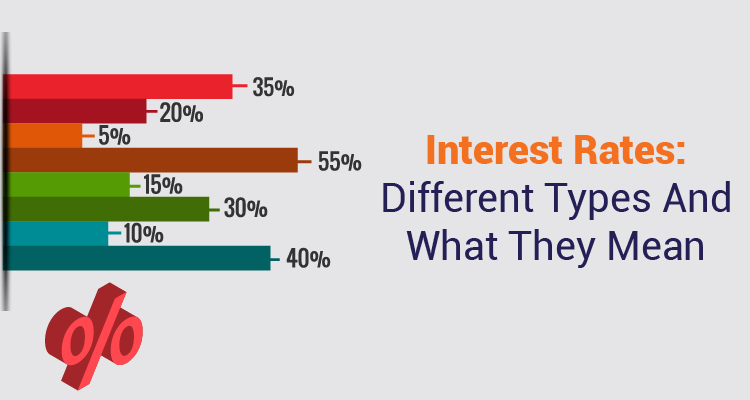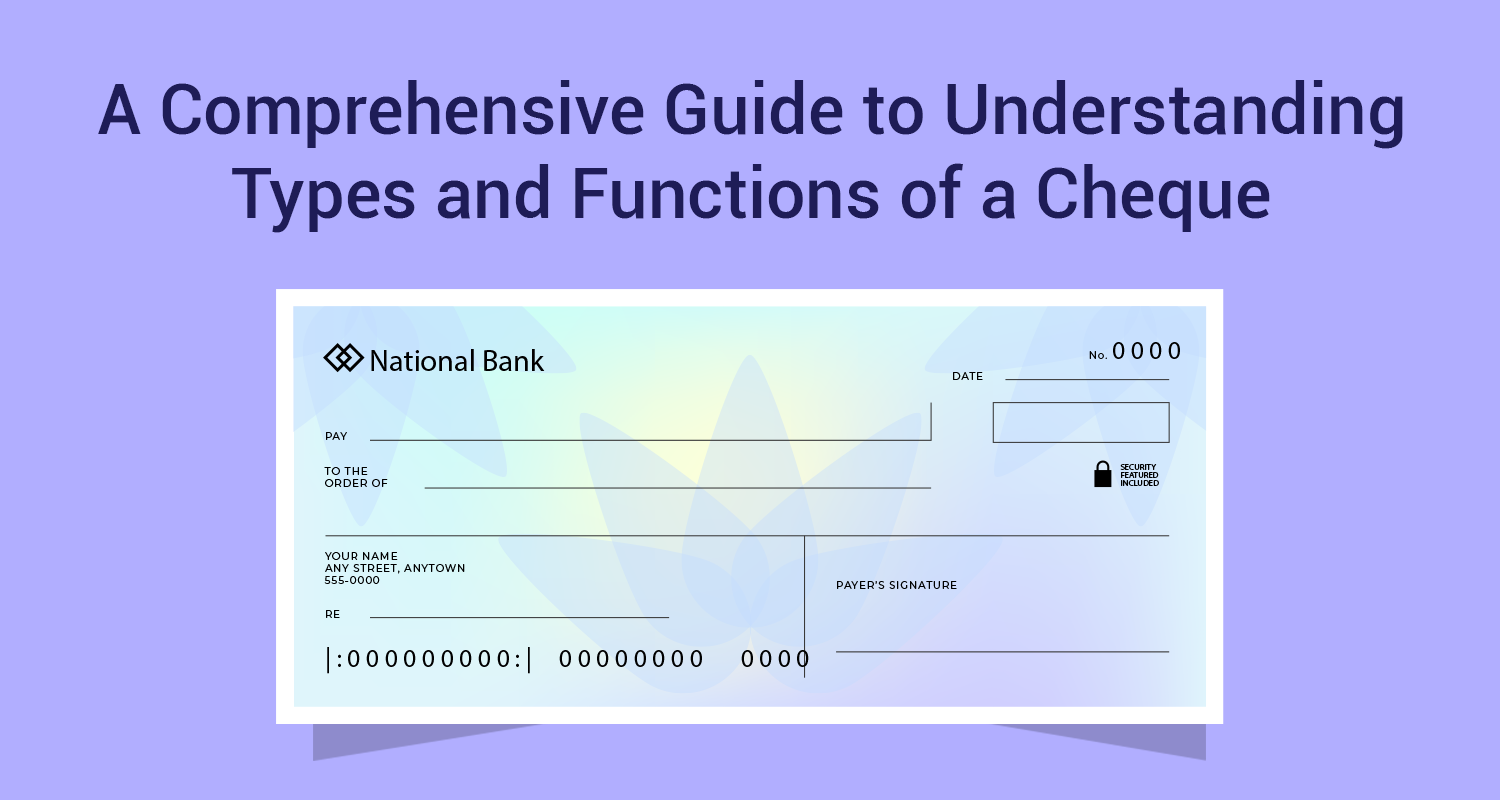Interest Rates: Different Types And What They Mean

Simply put, interest is the cost of borrowing money. When a lender extends a loan, they earn from the interest that is added to the principal loan amount.
Therefore, the interest rate is the key factor in any kind of loan, it determines the final amount that a borrower will have to pay against the principal amount that is raised.
There are several key factors that come into play to determine the interest rate on a loan. They are:
Age Of The Borrower:
Borrowers close to retirement age are mostly charged a higher interest rate than a young borrower.Credit Score:
A credit score of more than 750 is ideal to get a competitive interest rate, especially for non-secured loans such as a personal loan, that does not have any collateral.Occupation:
Salaried professionals working with a reputed company and drawing a stable income are in a better position to bargain compared to self-employed professionals.Repayment Capacity:
A high income alone is not enough for a better interest rate. What matters more is the debt-to-income ratio. A higher debt-to-income ratio implies greater debt burden on the borrower.Relationship with the Lender:
If a bank and a customer build a strong relationship over time, it doubles the chances of a better interest rate, as the lender is more secure knowing the history of the borrower.Credit History:
A default at any time in the past is likely to attract more interest on personal loan.Types Of Interest Rates
Interest rates vary according to the nature of the loan. For example, the interest rate will be lower for collateralised loans such as a car loan or a home loan, wherein the lender has the option of taking over the asset in case of a default.
On the other hand, for unsecured loans such as a personal loan, the rate of interest is higher, as these are considered to be more risky.
Following are broadly the different types of interest rates
Fixed Interest Rate
The most typical kind of interest rate is a fixed interest rate, which is typically imposed on the loan borrower by lenders. The interest rate, as the name implies, is set for the duration of loan repayment. Typically, when a loan is approved, the lender and the borrower come to an agreement on this. Calculations for this are substantially simpler and simpler overall.Variable Interest Rate
The opposite of a fixed interest rate is a variable interest rate. In this case, the interest rate fluctuates over time. The movement of the base interest rate, also known as the prime rate of interest, is typically correlated with the movement of variable-rate interest. If the loan has a variable rate of interest and the prime lending rate declines, the borrowers come out on top.Annual Percentage Rate
The Annual Percentage Rate, also known as the APR, helps in determining the true cost of borrowing over a specific time period. It represents the annual cost of the loan and is stated as a percentage.
It accounts for the nominal interest rate as well as all additional costs related to obtaining and maintaining the loan. Processing fees, insurance costs, administrative costs, and other varying costs are all included in the fees.
Prime Interest Rate
Prime lending rate is the interest rate at which banks lend to its most credit worthy customers. This rate is generally lower than the usual lending/borrowing rate.Simple Interest Rate
Simple interest is an interest charge that borrowers pay lenders for a loan. Compound interest is excluded from the calculation and just the original principal is used. To determine the simple interest, one need to multiply the loan's principal amount by the interest rate by the term.=P×r×n
where:
P=Principal
r=Interest rate
n=Term of loan, in years
Compound Interest Rate
The interest on a loan or deposit calculated based on the initial principal, and the collective interest from previous periods is called compound interest. Compound interest is calculated by multiplying the initial principal amount by one plus the annual interest rate raised to the number of compound periods minus one. The total initial amount of the loan is then subtracted from the resulting value.= [P (1 + i)n] – P
= P [(1 + i)n – 1]
Where:
P = principal
i = nominal annual interest rate in percentage terms
n = number of compounding periods
Conclusion
IIFL Finance is one of the most reputable lenders that offers a variety of loans at the most competitive rates.
It also offers flexible repayment terms keeping in mind the convenience of the customers to ensure that the borrower can repay the loan with ease.
Applying for an IIFL Finance loan is easy and the entire process can be completed without any hassle online and from the comfort of one’s home.
Disclaimer : The information in this blog is for general purposes only and may change without notice. It does not constitute legal, tax, or financial advice. Readers should seek professional guidance and make decisions at their own discretion. IIFL Finance is not liable for any reliance on this content. Read more



